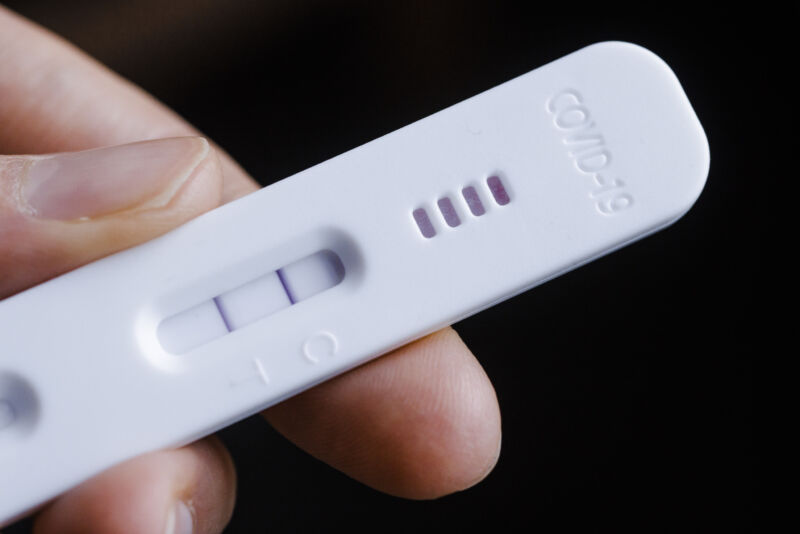
Omicron subvariant BA.2.12.1 has overtaken BA.2 as the dominant version of the pandemic coronavirus in the US, now accounting for an estimated 59 percent of cases nationwide. But BA.2.12.1’s reign may end as soon as it began, with yet another set of omicron sub-variants gaining ground – BA.4 and BA.5 – and threatening to cause more breakthrough infections.
BA.2.12.1 has a transmission advantage over BA.2, which itself is ahead of the initial omicron subvariant, BA.1, which caused a sky-high wave of US cases in mid-January. BA.2 peaked in mid-April, accounting for 76 percent of US cases at its peak. But then came BA.2.12.1, which is named because it is the 12th lineage that comes from BA.2 and the first branch of that BA.2.12 lineage.
When BA.2 peaked in mid-April, BA.2.12.1 accounted for about 18 percent of cases. It reached a prevalence of about 43 percent in mid-May and has since overtaken BA.2, which currently represents only about 35 percent of cases. BA.2.12.1 is dominant in every region of the country except the Northwest, according to the Centers for Disease Control and Prevention.
But as BA.2.12.1 continues its rise, ommicron subvariants BA.4 and BA.5 are gaining ground. By mid-May, BA.4 and BA.5 together accounted for less than 2 percent of nationwide cases. But now they account for at least 6 percent, according to the latest figures from the CDC.
heirs
BA.4 and BA.5 are not new; they were first seen and caused a massive wave of infection in South Africa in mid to late April peaking in mid to late May. BA.4 and BA.5 are often clumped together because they share the same mutations in their spike protein, although they have different mutations elsewhere in their genetic blueprints. The spike protein is the critical protein that SARS-CoV-2 uses to attach to human cells and as such is the main target of vaccine- and infection-based immune responses.
BA.4 and BA.5 have many unappealing qualities that experts warn. First, the duo a clear transmission advantage over BA.2.12.1, according to recent analyzes of cross-comparisons of BA.4/5 with BA.2.12.1. They are poised to conquer BA.2.12.1 in the US, potentially sparking another wave of infections.
A recent preprint study by researchers in Japan reported that BA.2.12.1, BA.4 and BA.5 replicate better in human lung cells than the previous prevalent subvariant, BA.2. But BA.4 and BA.5 cause more serious disease in hamsters than both BA.2 and BA.2.12.1.
The study also showed that BA.4 and BA.5 can evade neutralizing antibodies generated by BA.1 and BA.2 infections. This means that people who have recovered from previous omicron infections may not be optimally protected against BA.4 and BA.5.
In addition, another recent preprint study by Columbia University researchers reported that BA.4 and BA.5 are better able to thwart immune responses in vaccinated and boosted people than BA.2 and BA.2.12.1. In particular, BA.2.12.1 was 1.8 times more resistant to the antibodies from vaccinated and boosted humans than BA.2. But BA.4 and BA.5 together were 4.2 fold more resistant. “So,” the authors concluded, the emergence of BA.4 and BA.5 “will likely lead to more breakthrough infections in the coming months.”

